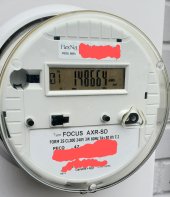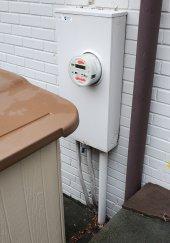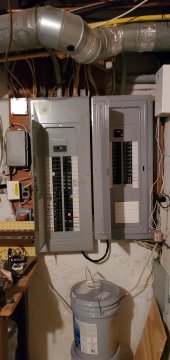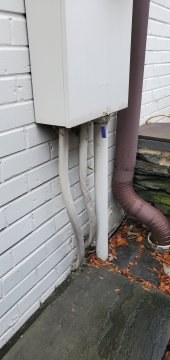BlueMarblePA
Solar Enthusiast
I spoke with a solar salesman today and sent pictures of my electric panel and meter. Basically I told them I have 2 x 200amp panels. However they noted that I only have a meter for 200amp service.
I only use 15000kwh a year which fits 200amp service rather than 400amp, but they did recommend I upgrade to 400amp before submitting permits.
Just curious what the group thinks. Why would I have two panels that appear to have 200amps but my meter only allows for this?
I only use 15000kwh a year which fits 200amp service rather than 400amp, but they did recommend I upgrade to 400amp before submitting permits.
Just curious what the group thinks. Why would I have two panels that appear to have 200amps but my meter only allows for this?







